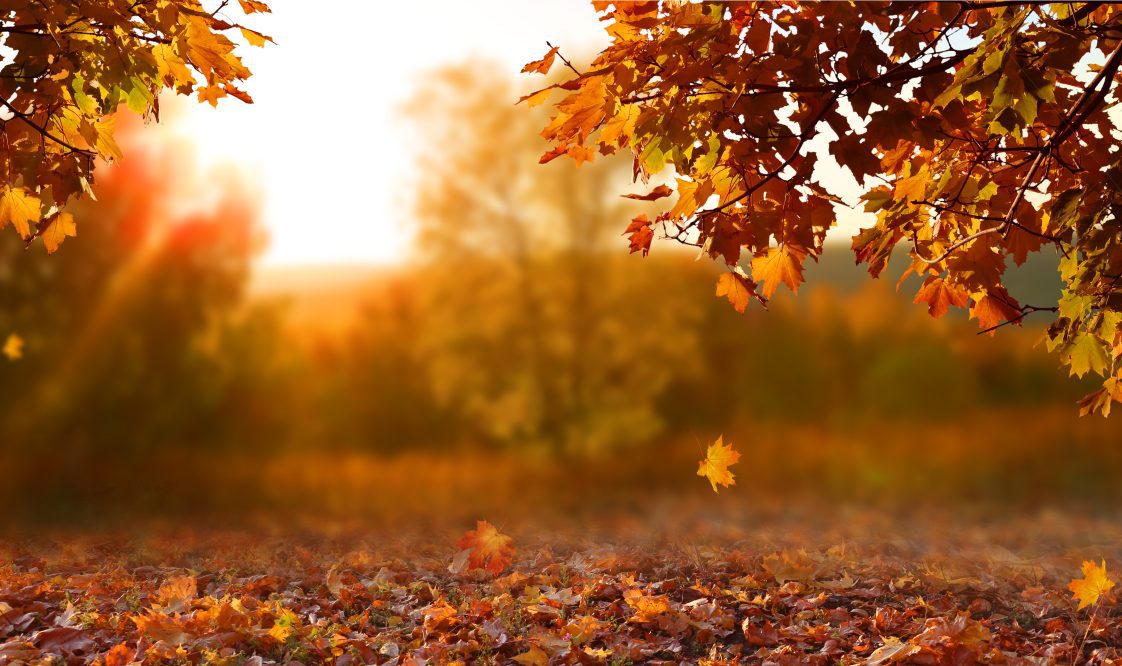Forestry & Wildlife

AUBURN UNIVERSITY, Ala. – The temperature isn’t the only thing changing in Alabama. Along with cooler nights, the colors of fall are arriving across the state. The reason for the season is rooted in science and provides an opportunity for hands-on learning about autumn.
Mallory Kelley, an Alabama Cooperative Extension System regional agent, said leaf color is driven by their composition.
“Leaves are made of living plant cells,” Kelley said. “These cells typically appear green because of the pigment chlorophyll.”
The green color in a leaf directly correlates to the amount of sunlight it receives during photosynthesis, the food-making process of plants. As daylight wanes during the fall, so does the amount of adequate sunlight needed to make food for trees. This causes them to go dormant. Ultimately, this reduction of resources causes chlorophyll in the leaf cells to break down and disappear – allowing other colors to show.
This year has been tough on tree health due to drought coupled with a hot Alabama summer.
“Recent drought has put added stress on trees,” Kelley said. “The good news is the arrival of a few raindrops and cooler-than-usual temperatures means there is still time for good fall color.”
Primed and Ready
The most prominent colors of fall are yellow, orange, red and purple. When all shades are present at the same time, it creates a dazzling scene of beauty. Some people have a favorite leaf color and choose to collect their favorites each year.
Autumn’s color also arrives earlier in certain regions of Alabama. The state’s northern area typically receives colder air temperatures first and onlookers can track the color change as it makes its way down the state.
Kelley adds that the hot and cold temperatures should give Alabamians something to be excited about.
“The warm, sunny days with cool night temperatures are exactly what we need for the bright red and orange color development in our leaves,” she said.
One of the first species to signal a change each year is an unpopular selection. The terribly invasive Chinese tallow tree, commonly referred to as the popcorn tree, is a reliable producer of color each year. It serves as the indicator that fall is on its way with its bright colors of all shades.
Temperatures trap sugars produced during the warm daylight inside the leaves, producing an array of bright fall colors. If closely observed, the brightest colors will most likely be on the southwest side of a tree. This is because the southwest side receives the last bit of sun and heat of the day – increasing the bright color change in those leaves when the cool nighttime temperatures arrive.
Yellow
The color yellow is in every leaf and revealed as chlorophyll fades. According to Kelley, hickory and ginkgo are some of the most prominent trees that typically turn yellow in autumn. These tree species also do not have the ability to create the orange and red colors — only yellow and brown.
Orange, Red and Purple
Maples, Bradford pears, Chinese elms and Chinese tallow trees will produce all shades of red, orange and yellow if the right conditions are present. Kelley said warm, sunny days with cool night temperatures – especially below 45 F – will give leaves extravagant shades.
Falling Hard
Environmentally, 2023 has been a turbulent year for trees and plants. What seems to be a perfect start to fall temperatures may reward Alabamians with a rush of fall color soon. For more information on fall leaves, visit the Alabama Extension website at www.aces.edu.

